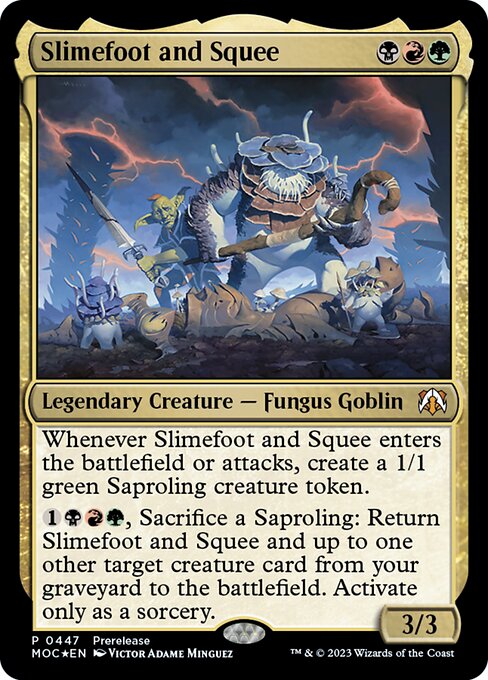Deck & Commander Strategies
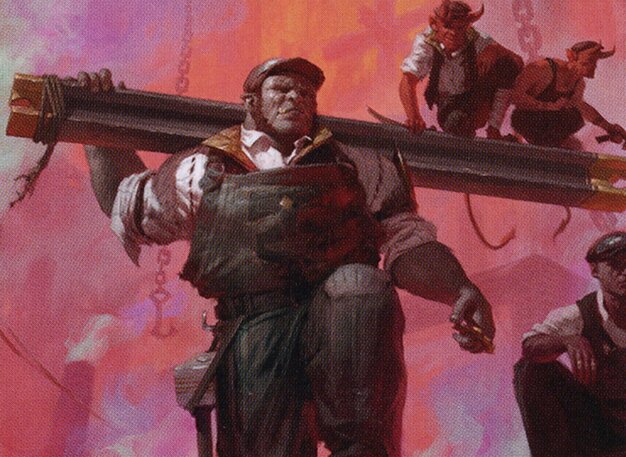
The Beamtown Bullies
A midrange goodstuff deck that uses efficient creatures and disruption, with a combo to donate a leveler to the opponent's side. It aims to outvalue and out-tempo opponents by leveraging impactful creatures and selective disruption.
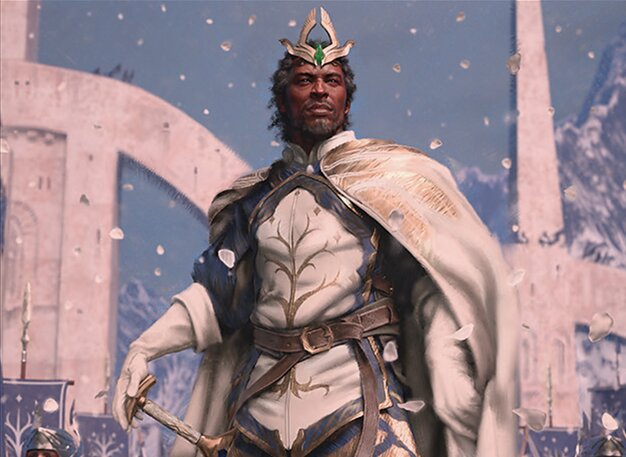
Aragorn, King of Gondor
A midrange control deck centered around Aragorn's Monarch ability to generate card advantage. It uses counterspells, removal, and efficient creatures to maintain control and slowly outvalue the opponent.

Slimefoot and Squee
An aggressive token-generation deck that creates saprolings and benefits from wide board presence to pressure opponents and steal or maintain Monarch status. It focuses on quickly establishing board dominance through tokens and incremental damage.
Gameplay Insights
- 1
The decision to switch commanders mid-match from Beamtown Bullies to Slimefoot and Squee was a strategic pivot to regain board presence and pressure when behind.
- 2
Using Lightning Bolt to prevent a second activation of Aragorn's Monarch ability was a key tempo play to limit opponent card draw and board development.
- 3
The use of Survival of the Fittest to tutor creatures was a crucial attempt to find impactful threats despite disruption.
- 4
Managing Monarch status was central, with players contesting it through combat and strategic plays to gain card advantage.
- 5
Overcommitting to the board without sufficient protection led to a significant setback after board wipes or removal, highlighting the importance of timing and resource management.
Notable Cards
-

Aragorn, King of Gondor
-
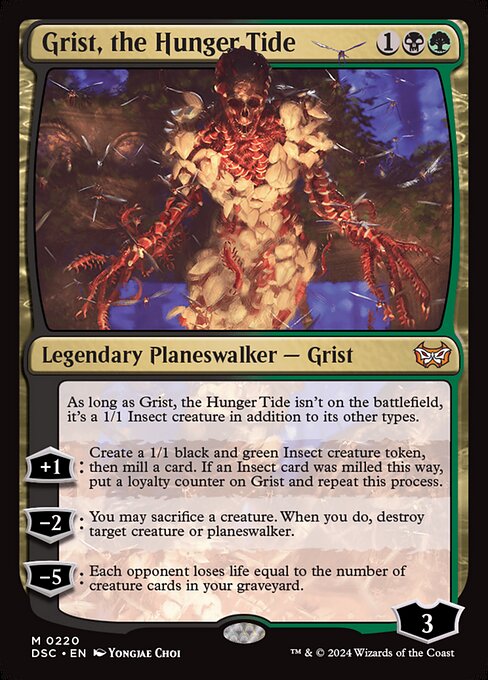
Grist, the Hunger Tide
-
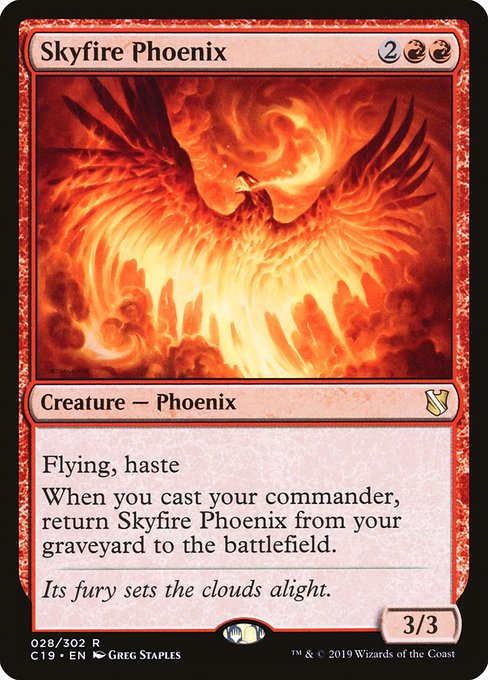
Skyfire Phoenix
-
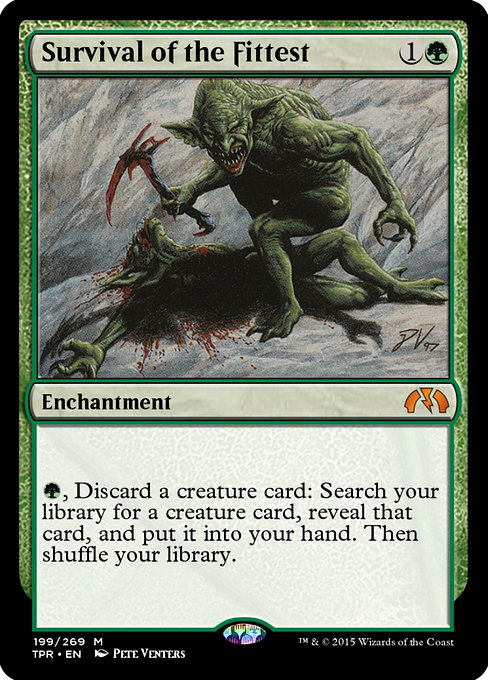
Survival of the Fittest
-
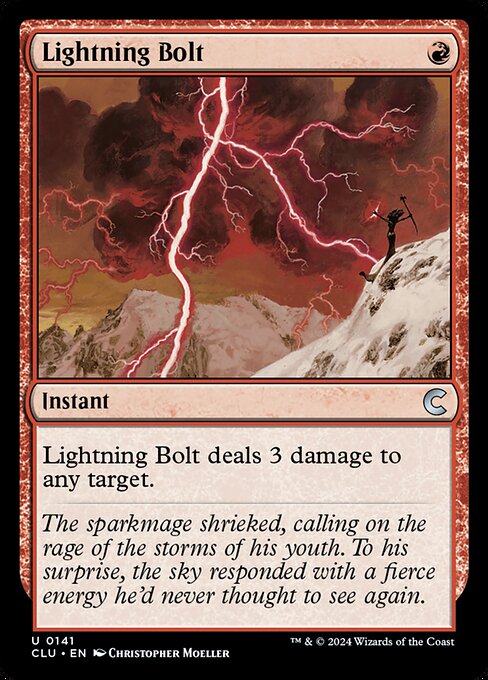
Lightning Bolt
Gameplay Summary
The Duel Commander match featured three games between Ben piloting The Beamtown Bullies and Wella playing Aragorn, King of Gondor, with a later switch to Slimefoot and Squee.
The first game saw a tense midrange battle where Aragorn's Monarch ability generated card advantage and control elements, while Beamtown Bullies aimed to deploy impactful creatures and disrupt the opponent.
A pivotal moment was when Beamtown Bullies overcommitted to the board but got heavily disrupted by board wipes or removal, leading to a loss.
In response, Ben switched commanders for game two to Slimefoot and Squee, a deck focused on generating wide board presence and leveraging saproling tokens to pressure the opponent and contest Monarch status.
This switch helped Ben regain board control and set up a more aggressive tempo.
The games showcased the importance of adapting strategy and deck choice in response to board state and opponent tactics.
The win condition often revolved around controlling Monarch and leveraging incremental value from creatures and tokens to overwhelm the opponent.


